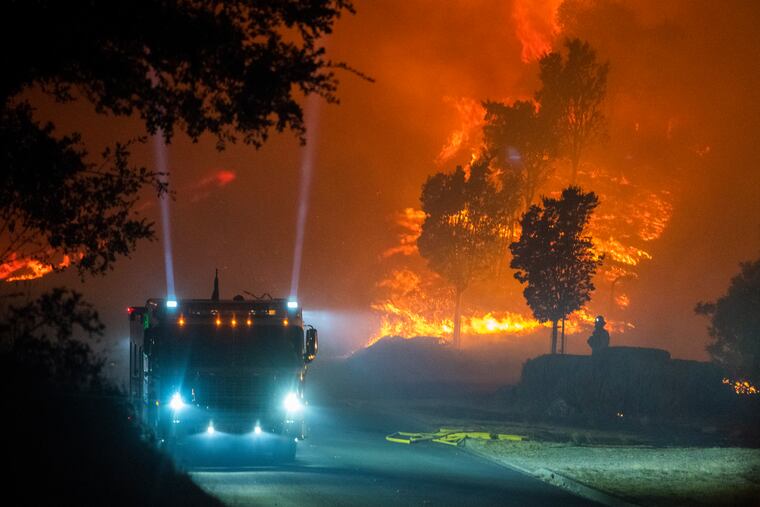Wind-whipped fire forces largest evacuation in Sonoma County history
Powerful weekend wind gusts frustrated efforts to beat back the massive Kincade Fire that's cutting a destructive path through Northern California's wine country. The fire has prompted the evacuations of nearly 200,000 people as it marches toward the county's population hub of Santa Rosa.
